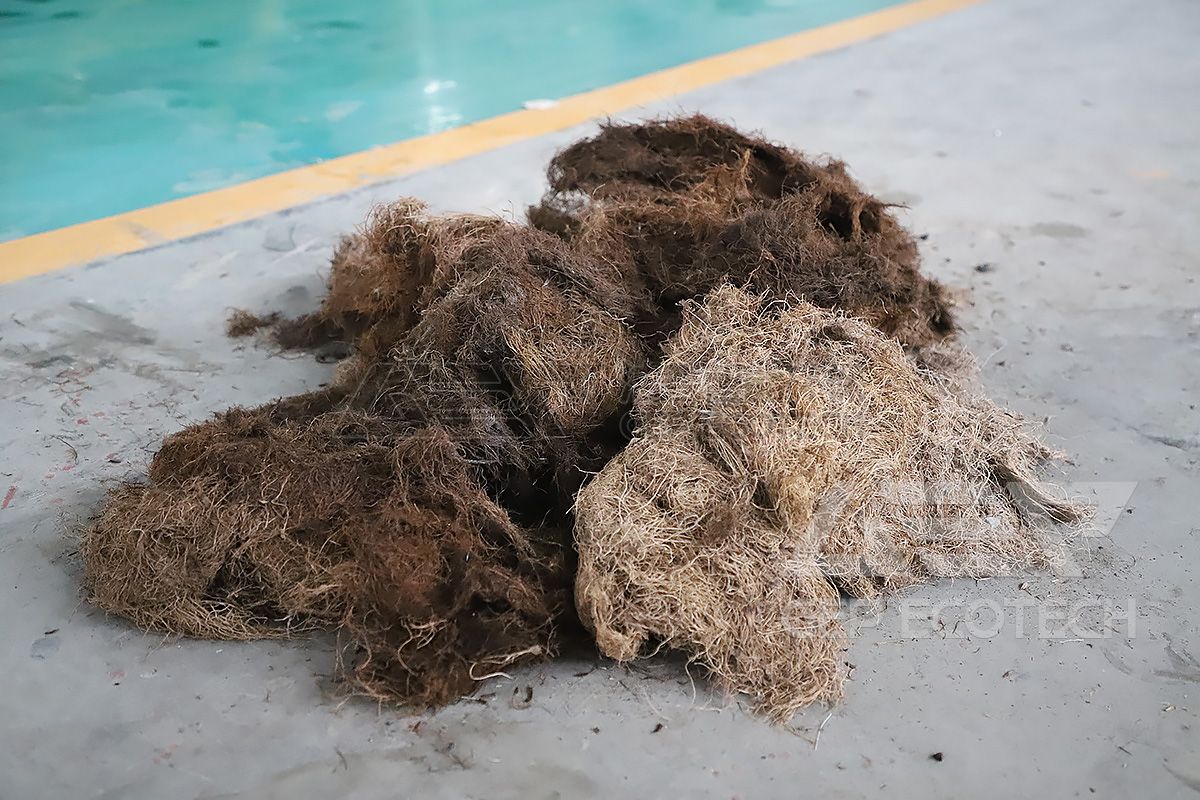Palm fruit fiber, a byproduct of palm oil production, has the potential to be transformed into Refuse-Derived Fuel (RDF) as an alternative energy source. With its renewable nature, calorific value, and abundant supply in palm-producing regions, palm fruit fiber can be processed into RDF through several steps.

Palm Fruit Fiber RDF Production Process
- Collection and Drying: Collect the raw fiber from palm oil mills and reduce its high moisture content (40–60%) using rotary dryers or solar drying to below 15%.
- Size Reduction: Shred and grind the fiber into smaller, uniform particles (10–50 mm) to facilitate handling and combustion. In this process, biomass pre shredders and fine shredders are generally used.
- Pelletizing/Briquetting: Compress the dried and ground material into pellets or briquettes to enhance energy density and ease of transportation. RDF pelleting machines are generally used in this process.
- Testing and Optimization: Ensure the calorific value (12–16 MJ/kg) meets requirements. Test for emissions and adjust blending with other materials if necessary.
Applications of Palm Fiber-Based RDF
- Cement Kilns: Used as an alternative to coal in high-temperature kilns.
- Power Plants: Co-fired with coal or biomass in energy generation.
- Industrial Boilers: Provides clean and efficient heat energy for industrial operations.
- Domestic Heating: Smaller-scale applications for rural or off-grid communities.
Palm fruit fiber is an ideal feedstock for RDF due to its renewable availability, decent calorific value, and environmental benefits. By leveraging appropriate drying, shredding, and compacting technologies, this agricultural waste can be efficiently converted into a sustainable energy source for industrial and domestic use, supporting the global shift toward cleaner and more sustainable energy solutions.





